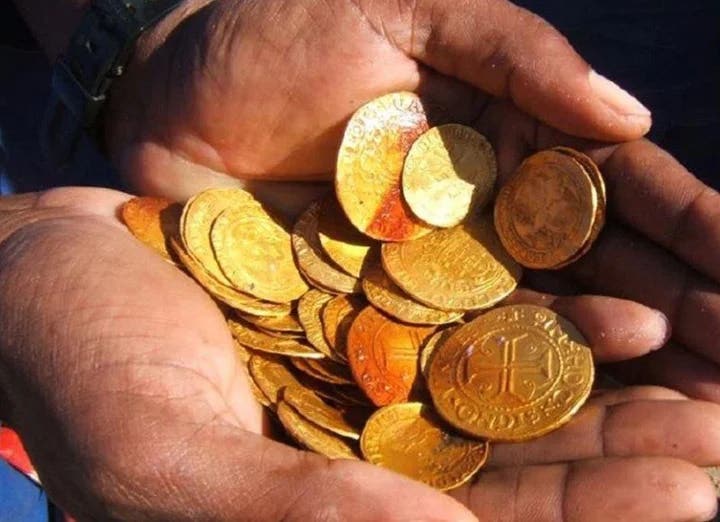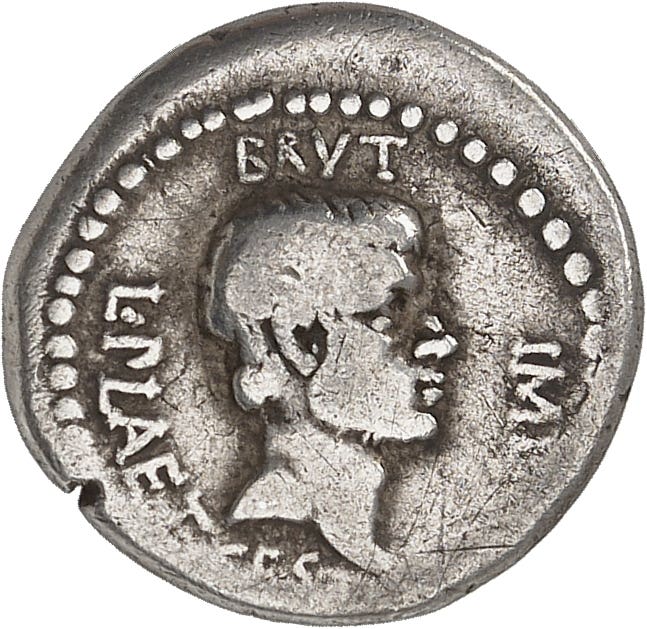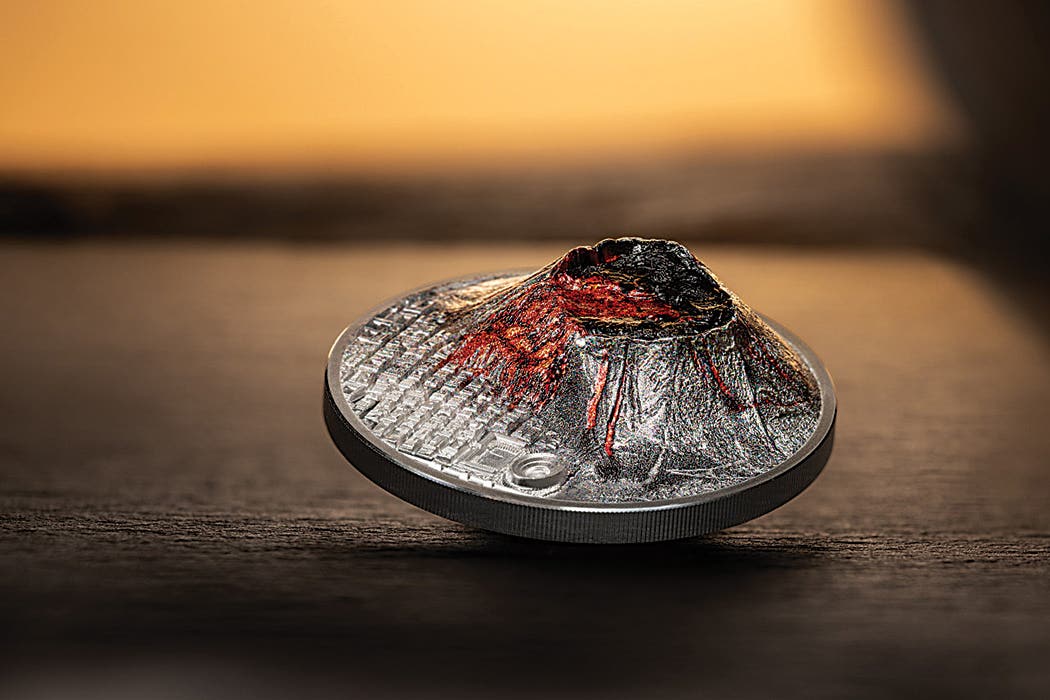Israel researchers re-open coin debate
If you turn the coin in one direction it appears you are looking at a menorah. If you turn the coin 180 degrees it appears you are looking at a…
If you turn the coin in one direction it appears you are looking at a menorah. If you turn the coin 180 degrees it appears you are looking at a mosque. So, which is it?
The verdict has actually been in for years that the coins depict a menorah or a candelabra. Two Israeli archaeologists are claiming in the Dec. 6 issue of the Jerusalem Post newspaper that this conclusion is something new. It is true that if some Arab scholars had their way the depiction would be accepted as an Islamic mosque, but it isn’t.
The interpretation is worth reviewing. The item in question is a copper composition falus denomination coin of Umayyad Caliph Abd al-Malik issued in 692 C.E., the year the Dome of the Rock was built. While no mint of origin has been identified, it is generally understood the coins were minted in Jerusalem, known as Illiya to its contemporary Arab occupiers.
The obverse of the 14mm diameter coin depicts what appears to be a five-branch menorah or candelabra or the dome of a mosque if the coin is turned sideways. (In obedience to a Talmudic law that temple implements not to be copied or replicated, the seven-branch menorah only appears on Judaic coins of Mattathias Antigonus in 40-37 B.C.E.). The legend translates to “There is no god but Allah alone.” The reverse repeats this Kalima or “statement of faith” legend within a circle. The repeat of the legend is unusual for Islamic coins. Usually coins include the prophetic mission statement alluding to Muhammad being the apostle of Allah.
Another problem: A variety of the coin depicts seven branches. Is this in deference to Muslim sensibilities in the same way the standing caliph coin series modified the Byzantine Christian cross on steps design? Could it be a design mistake made by the coin die engraver?
According to American Numismatic Society Adjunct Curator and First Vice President David Hendin, “As we move into the Islamic period lamps there are many examples with menorahs of 5, 7, 9, even 11 branches (usually an odd number because there is usually a central light and in pairs around). These occur in many different styles, from realistic to stylized, sometimes upon a palm branch instead of a base, sometimes as part of a geometric design.”
Hendin pointed out “that other coins from about this time show a bird, a lily, a palm branch. None of the coins from this period show buildings.”
According to Hendin, coins on which a menorah-type lamp appears “have a very clear tripod base, which is an important clue. Turned upside it looks like a trident, not a spire. A smaller number of them have flat bases on the menorahs. In every case there is a significant stem before the base. Neither of these make sense to me as a building.”
The Umayyad dynasty at first imitated contemporary Byzantine and Sassanian coin designs, issuing more uniform coins in silver and gold later. In Marsden’s Numismata Orientalia Illustrata, Stephen Album appears to explain the problem of the fals: “The copper coinage was left to local authorities, and differs considerably from one mint to another in type, fabric, and inscriptions.”
Israeli archaeologists Assaf Avraham of Bar Ilan University and Peretz Reuven of the Hebrew University of Jerusalem recently presented their arguments defending the menorah design interpretation in the Jerusalem Post as if this interpretation should be treated as something new.
Avraham and Reuven may have an agenda, this being to argue the “Nuba inscription” implies that in the early days of Islam, Muslims perceived the shrine as an Islamic version of the Temple of Solomon. The Nuba inscription has been interpreted as an inspiration drawn from Jewish sources regarding the holiness of the Temple Mount in Jerusalem. The inscription appears above a Mihrab prayer niche inside the mosque in Nuba, seven miles northwest of Hebron.
The two archaeologists say they found related contemporary pottery and lead vessels on which menorahs appear. Avraham is quoted in the newspaper as saying, “They are dated to the early days of the Islamic caliphate, and were in use by Muslims. We wish that many Muslims will be exposed to this knowledge, which is part of their own religious and cultural heritage. We have launched an informational project whose goal is to expose this information to the world and to Muslims in particular. We hope that this exposure will promote an educated dialogue between Jews and Muslims.”
Kanan Makiya is an Iraqi exile and author of The Rock: A Tale of Seventh Century Jerusalem. In a 2002 interview, Makiya told The Jerusalem Report the trend among Muslim clerics and politicians to deny the Jewish stake in the Mount “pulls the carpet out from under their own feet. It leaves them with a garbled nationalist version of history.”
A theme of the Makiya book is that early Islamic sources indicate Mount Moriah was chosen as the site of the Dome of the Rock because the Temple had stood there, not in spite of it. It appears nationalism and faith are more at stake than is a new interpretation of the coinage design.
This article was originally printed in World Coin News. >> Subscribe today.
More Collecting Resources
• Subscribe to our monthly Coins magazine - a great resource for any collector!
• Keep up to date on prices for Canada, United States and Mexico coinage with the 2018 North American Coins & Prices guide.






